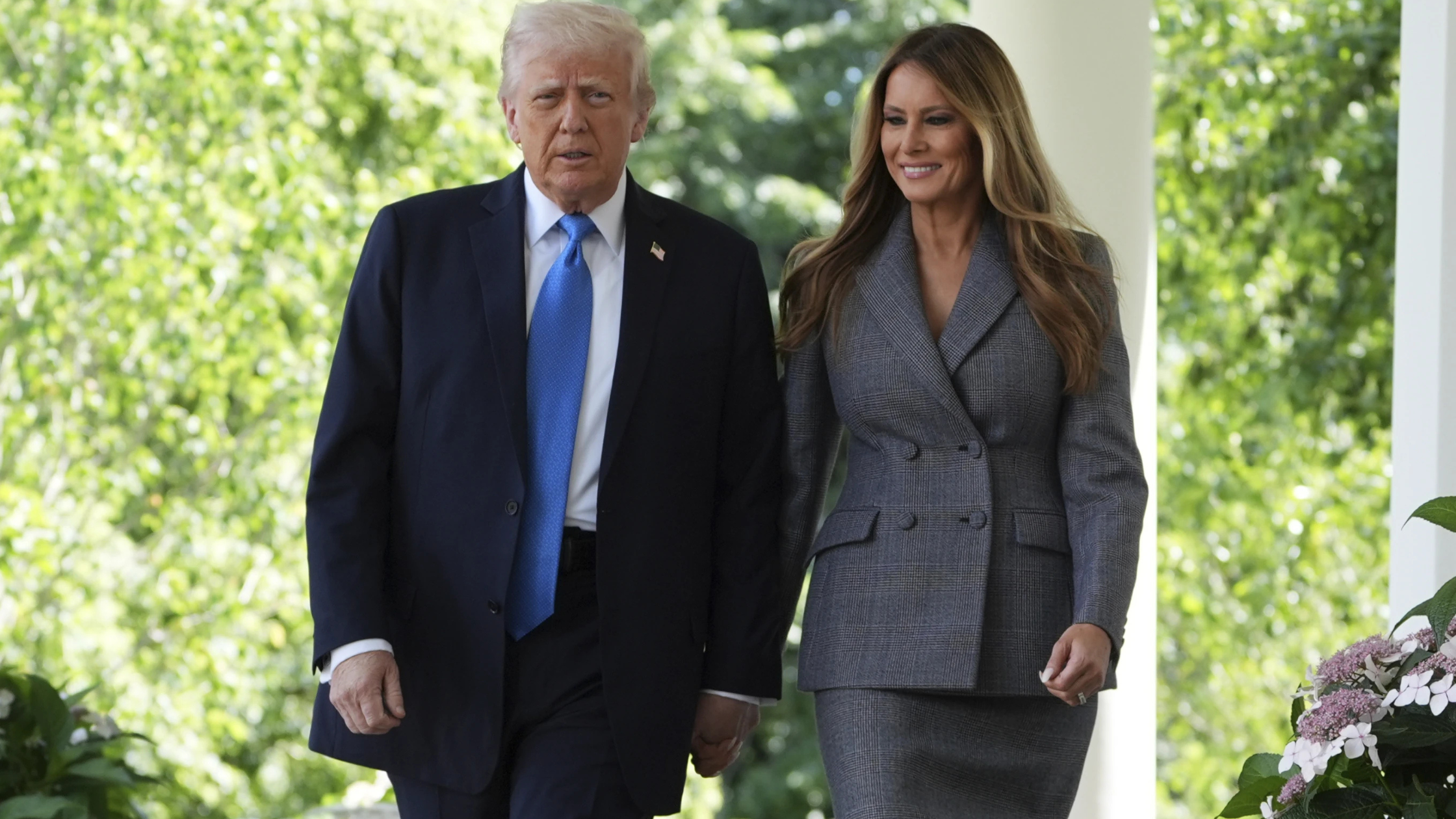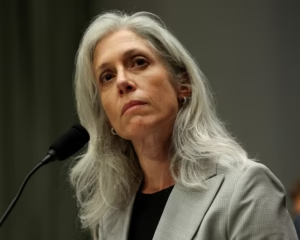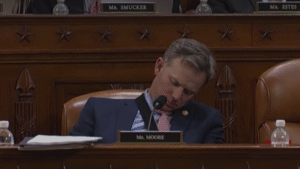In a landmark move to combat digital exploitation, President Donald Trump signed the bipartisan Take It Down Act into law on May 19, 2025. This legislation criminalizes the distribution of nonconsensual intimate imagery, including AI-generated deepfakes, marking a significant step in protecting individuals’ privacy in the digital age.
Understanding the Take It Down Act
The Take It Down Act, formally known as the Tools to Address Known Exploitation by Immobilizing Technological Deepfakes on Websites and Networks Act, targets the growing issue of nonconsensual intimate imagery (NCII). This includes both real and AI-fabricated explicit content shared without consent. Under the new law, individuals found guilty of distributing such content face up to three years in prison and substantial fines.
Beyond criminal penalties, the law mandates that social media platforms and websites remove flagged NCII content within 48 hours of notification by victims. The Federal Trade Commission (FTC) is tasked with enforcing compliance, ensuring that online platforms take swift action to protect victims.
The Bipartisan Effort Behind the Legislation
The Take It Down Act garnered overwhelming bipartisan support. Introduced by Senator Ted Cruz (R-Texas) and co-sponsored by Senator Amy Klobuchar (D-Minnesota), the bill passed the House with a 409–2 vote and was unanimously approved by the Senate. First Lady Melania Trump also played a pivotal role in advocating for the legislation, emphasizing its importance in safeguarding children and vulnerable individuals online. Significance in addressing the misuse of emerging technologies for exploitation. First Lady Melania Trump, aligning the act with her “Be Best” initiative, underscored the need to protect children from online abuse.
Addressing the Rise of Deepfake Technology
The proliferation of deepfake technology has raised concerns about its potential misuse, particularly in creating explicit content without individuals’ consent. Deepfakes, which use artificial intelligence to fabricate realistic images and videos, have been increasingly used to produce nonconsensual pornographic material, often targeting women and public figures. (Politico)
The Take It Down Act aims to curb this trend by holding perpetrators accountable and ensuring that victims have avenues for recourse. By criminalizing the distribution of deepfake pornography and mandating prompt removal from online platforms, the law seeks to deter the creation and sharing of such content.
Support and Criticism from Advocacy Groups
While the Take It Down Act has been lauded by many advocacy groups and industry leaders, some digital rights organizations have expressed concerns. Groups like the Electronic Frontier Foundation and the Center for Democracy and Technology caution that the law’s provisions could potentially infringe on free speech and privacy rights. They argue that the requirement for platforms to remove content within 48 hours may lead to over-censorship and the suppression of legitimate content.
Despite these concerns, many victim advocacy organizations, including the Cyber Civil Rights Initiative and the National Center on Sexual Exploitation, have praised the legislation for providing much-needed protections against online sexual exploitation. They emphasize the importance of swift action in removing harmful content and holding offenders accountable.
Implications for Online Platforms and Users
The enactment of the Take It Down Act places new responsibilities on online platforms to monitor and remove nonconsensual intimate imagery promptly. Failure to comply with the 48-hour removal requirement could result in enforcement actions by the FTC, including fines and other penalties.
For users, the law offers a mechanism to report and seek the removal of NCII content, providing a sense of empowerment and protection in the digital space. However, the effectiveness of these measures will depend on the implementation and enforcement practices adopted by both the government and online platforms.
Conclusion
The signing of the Take It Down Act represents a significant advancement in the fight against digital exploitation. By criminalizing the distribution of nonconsensual intimate imagery and mandating swift removal from online platforms, the law aims to protect individuals’ privacy and dignity in the digital era. While debates around free speech and privacy continue, the act sets a precedent for addressing the challenges posed by emerging technologies like deepfakes.
Subscribe to trusted news sites like USnewsSphere.com for continuous updates.
[USnewsSphere.com / tv.]





